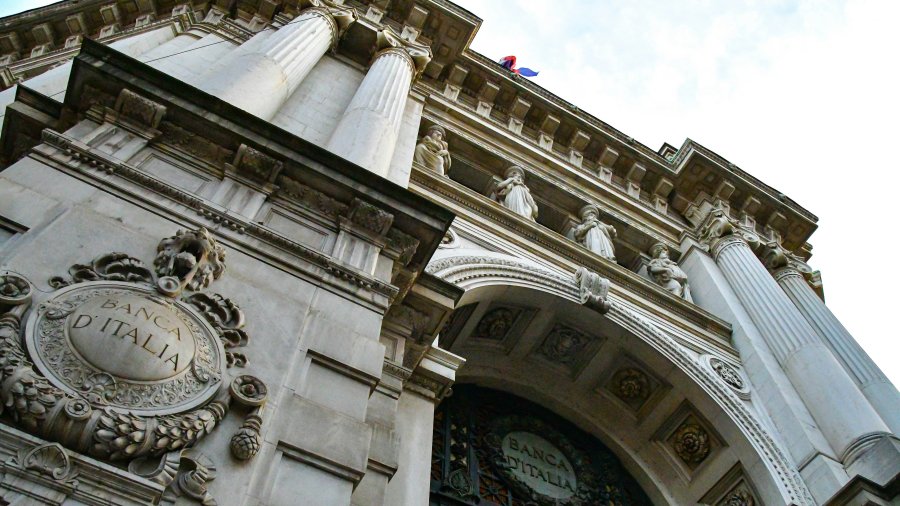12.01.20182 min
Share the article
Sustainable development goals explained
As tradition has it, let’s look ahead to the new year. 2017 was again dominated by climate change, which will remain a major topic for responsible and sustainable investments throughout 2018. In terms of financing, green bonds were very sought after.
More generally, the Sustainable Development Goals are becoming increasingly important in corporate communication and strategies, while they were all but neglected at the time of their launch. Communication has improved, among other things thanks to more accurate regulation in terms of environmental, social and governance disclosure, both for financial as well as for non-financial companies. Finally, the matter of responsible taxation is gradually becoming a topic among major companies which need to review their fiscal strategy, as they feel the pressure of civil society and regulation.
1. Sustainable Development Goals (SDGs)
The 17 Sustainable Development Goals, which are the successors to the Millennium Development Goals, were initially defined for countries. However, they have been adopted by investors against the backdrop of growing awareness, which is a particularly strong driver, and have taken into account the importance of financing needs[1]. The financial and non-financial private sector has rapidly committed to upholding these sustainable development goals in the economic, social and environmental domains by 2030.
There may be a substantial “greenwashing” risk attached to this magnificent marketing tool, with its 17 coloured icons. However, the SDGs ensure that sustainable and responsible investors question their added value and real impact with new dynamism. It is no longer sufficient for sustainable and responsible investment funds to exclude specific industries of companies. Instead, they will need to demonstrate that their investments are geared towards sustainable development solutions. In 2018, the proof of the pudding will be in the eating, by measuring the impact of sustainable investments.
Next week: Increasing regulation in terms of environmental, social and governance disclosure.
[1] An estimated USD 5 to 7 trillion annually between 2015 and 2030 according to the United Nations (United Nations Commission on Trade and Development (UNCTAD))
Share the article
Related articles
Rue de l'Industrie 44
1040 Brussels
Belgium
+32 2 287 91 111040 Brussels
Belgium
VAT BE 0403 212 172
RPR | RPM Brussels
RPR | RPM Brussels
Regulated by the Belgian Financial Services and Markets Authority (FSMA) and the National Bank of Belgium | All rights reserved 2024, Degroof Petercam





